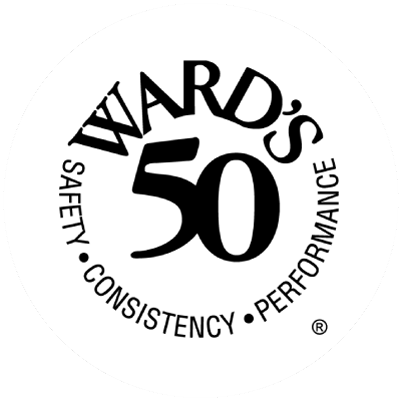Health and Safety Measures for Painters
Painters work at many locations including homes, businesses and construction sites. They face a constantly changing set of hazards, including working at heights, working on ladders and in confined spaces, and working with solvents and various chemicals. There are common sense steps painters can take, though, for a productive, safe workday.
What are some safety measures for painters?1
- Wear appropriate personal protective equipment and footwear.2 Wear personal protective equipment, including:
- Coveralls, shoe covers and clothing:A disposable or cotton coverall and disposable shoe covers protect both your clothing and any exposed skin. Different job sites expose you to hot and cold weather, so dress in light layers of clothing that protect you from sun and cold.
- Goggles or safety glasses: Protect your eyes from paint splashes with protective eye glasses, eye goggles or a face shield whenever using paint or paint thinners. It is especially important when painting above your head or spray painting, as well as when sanding.
- Gloves: Always wear gloves to protect your hands. Leather or cloth gloves are good for sanding, but solvent-resistant gloves are needed for working with paint thinner and other solvents. Waterproof gloves are best for water- and oil-based paint.
- Respirators and masks: Protect yourself from dust and fumes by wearing a dust mask or a particulate respirator when sanding. When you are spray painting, use a paint respirator, as this provides more protection.
- Make sure you’re using the right ladder for the job.3 – Since much painting work is done at heights, safety must be remembered before beginning work. Don’t use makeshift ladders, inspect each ladder every day, and set the ladders securely on the ground. Know when to use fall protection and how to use it properly, and follow correct procedures for working at heights.
In addition:
- Avoid awkward body positions and take frequent breaks.4
- Choose the correct tools for your job task. Use tool handles long enough to prevent you from over-reaching. Tool handles should be soft, non-slip, and fit your hand.
- Know how to prevent injury from electrical hazards. Maintain safe distances from energized electrical equipment and utility lines.
- Keep tools and equipment, and their safety features, in good working order.
- Keep work areas clear of clutter and equipment.
- Maintain good ventilation during painting.
- Practice good housekeeping on the job site to prevent slips, trips, and falls.
How can you make sure you’re covered? Look to Merchants and our contractors programs that provide flexible coverages to meet the needs of today’s contractors. Talk with your independent insurance agent to learn more.
Sources:
- Canadian Centre for Occupational Health and Safety, https://www.ccohs.ca/oshanswers/occup_workplace/painter.html
- Construction Fasteners and Tools, https://cf-t.com/blog/proper-ppe-painting-jobs
- Safety Manual OSHA, https://www.safetymanualosha.com/painter-safety-2/
- Canadian Centre for Occupational Health and Safety, https://www.ccohs.ca/oshanswers/occup_workplace/painter.html



